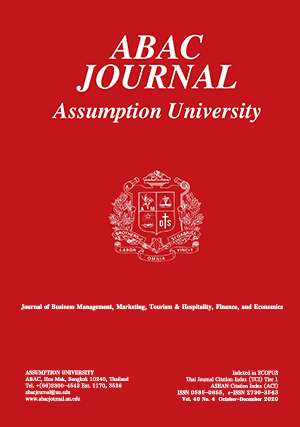Tourism Carrying Capacity Toward Sustainable Tourism Development: A Case Study of Phuket World Class Destination
Abstract
This study aims to seek a deeper understanding of tourism carrying capacity and tourism impacts in the case of a world-class travel destination such as Phuket, Thailand. A mixed-methods approach, combining qualitative and quantitative data collection, was adopted. 800 copies of the questionnaire were distributed to tourists in Phuket in order to measure the general tourism situation in Phuket and to investigate tourist satisfaction toward various tourism products and services. In-depth interviews were also conducted with both local Phuketians and local government members to explore Phuket tourism issues. It was found that tourism carrying capacity regarding the exploitation of resources (physical, environmental, social, and economic exploitation) exceeds the carrying capacity. Furthermore, it was determined that the recreation capacity of facilities poses a huge threat towards tourism. Several beaches in Phuket including Kamala and Rawai also welcomed a larger number of tourists than their physical carrying capacity. Moreover, results indicated a high cost of living in Phuket. The results have both theoretical and practical implications for sustainable tourism development in Phuket; the government sector, private sector, and public sector should make adjustments in their management direction as a first priority, in order to achieve the best response to the current needs of the people without diminishing the ability of people in the next generation to achieve their needs.






